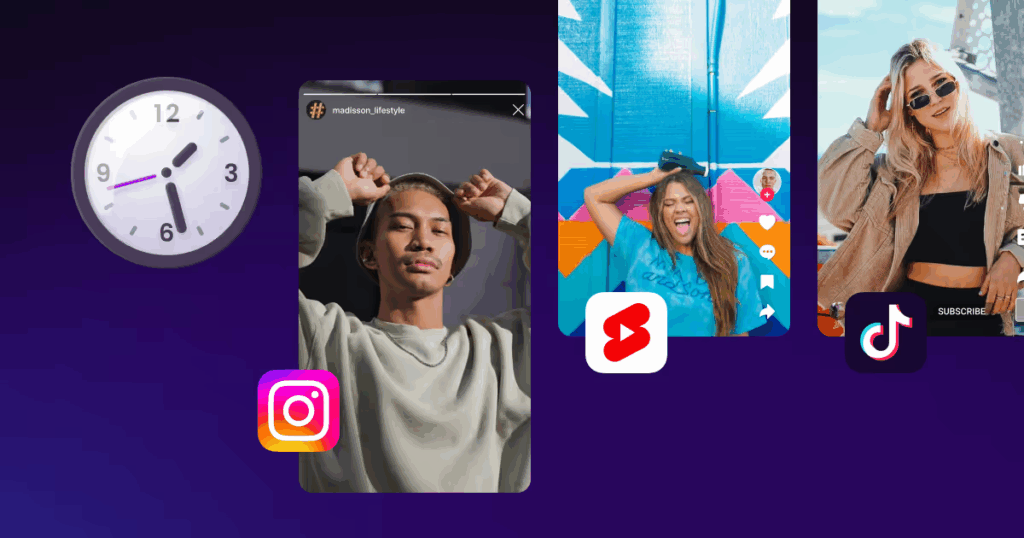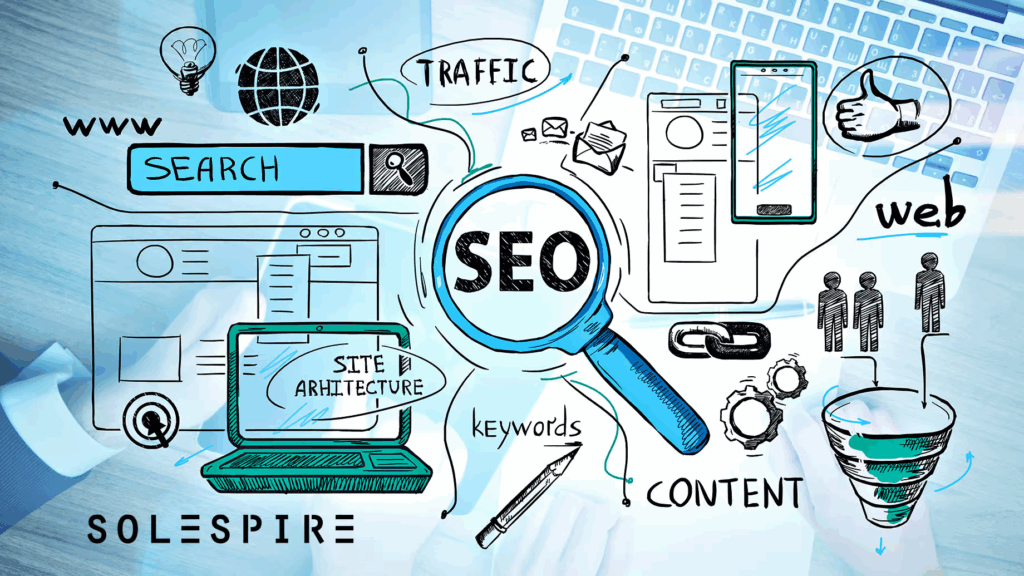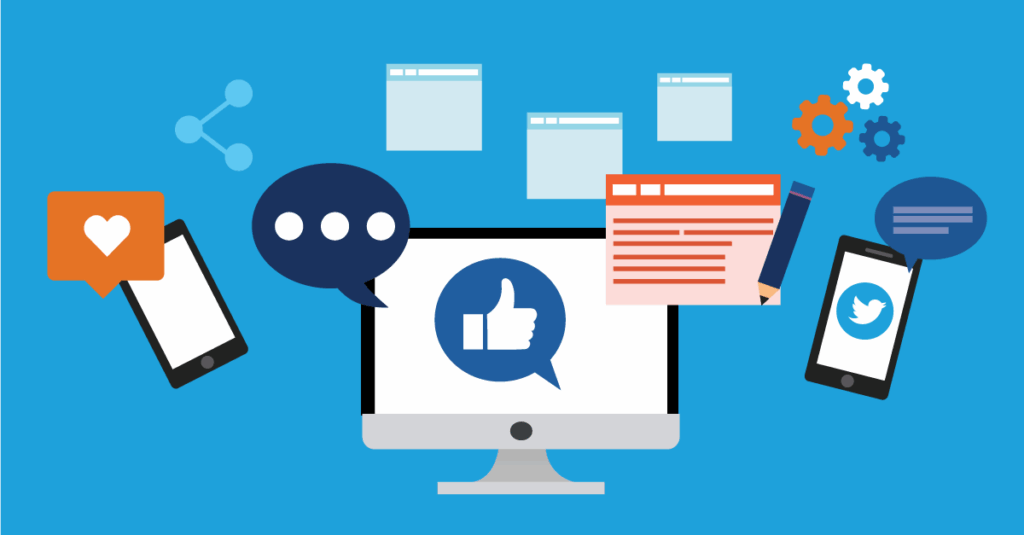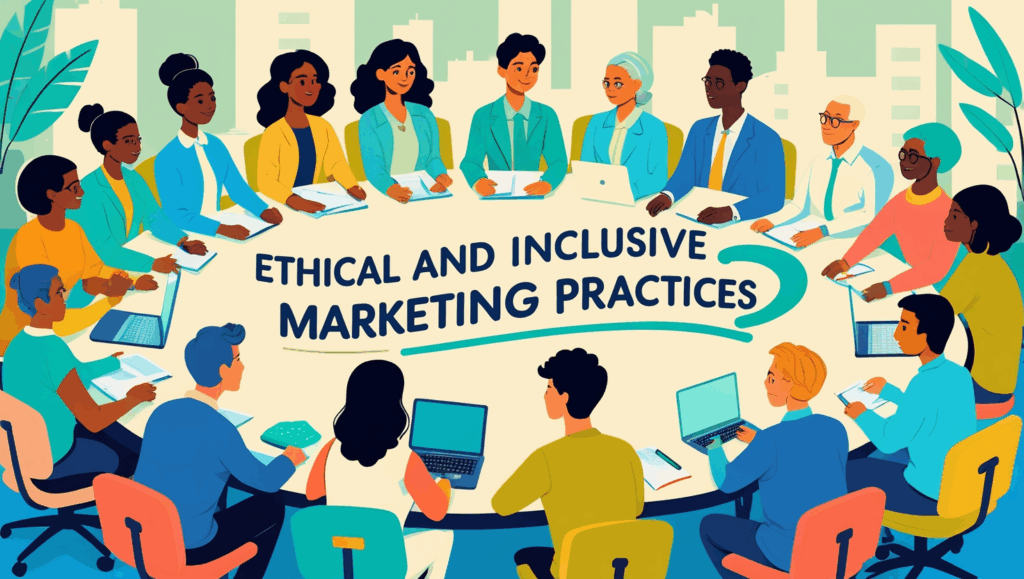In 2025, IT companies face a fast-changing world. Technology is advancing, and so are customer expectations. To grow and stay ahead, IT companies need smart digital marketing strategies that attract clients, build trust, and drive sales. Digital marketing isn’t just about ads—it’s about connecting with the right people at the right time.
1. Use AI to Personalize Everything

AI analyzes user data, including browsing history, social media interactions, purchase patterns and preferences to suggest products that align with individual tastes.AI personalization means using smart algorithms to give each user a unique experience, like Netflix suggesting shows you’ll love — not just random picks.
🔍 How Does AI Personalization Work
AI personalization uses data from sources like:
- User behavior (clicks, searches, time spent)
- Purchase history
- Location & device type
- Social media activity
- Real-time interactions
Real-World Examples of AI Personalization
| Platform | AI Personalization Example |
|---|---|
| Amazon | Recommends products based on past searches & purchases. |
| Spotify | Curates playlists like Discover Weekly just for you. |
| Netflix | Suggests movies/shows based on what you’ve watched. |
| E-commerce sites | Personalizes home page banners, offers, and prices. |
| Email marketing | Sends dynamic content based on user’s interest and action. |
Benefits of AI Personalization
- 🎯 Higher Engagement – Users interact more when content feels relevant.
- 💰 Increased Conversions – Personalized offers boost sales.
- ❤️ Better Customer Experience – Builds trust and brand loyalty.
- ⏱️ Saves Time – Users find what they need faster.
- 📊 Data-Driven Decisions – Businesses optimize campaigns based on real insights.
📈 Where Businesses Use AI Personalization
- Websites (dynamic content, smart product suggestions)
- Mobile Apps (customized notifications, recommendations)
- Email Marketing (AI-crafted subject lines, timing, offers)
- Chatbots (personalized greetings and solutions)
- Digital Ads (targeted creatives based on user personas)
Why It Helps Growth: Personalized experiences make clients feel valued. Studies show 71% of customers expect personalization, and it can boost conversions by up to 11 times. For IT companies, this means more leads and happier clients.
2.Create Short, Catchy Videos

Make better video shorts for your company
You and really supercharge your short video creation skills! Keep these four things in mind when you’re crafting footage for social.When it comes to video content on social media, shorter is better. So do yourself (and your business) a favor and make a 30-second video.
1.Keep it short and sweet
2.Make it pretty
3.Lights, camera, action
4.Blast it across the internet
Videos are huge in 2025—82% of online content is video! Short videos (under 90 seconds) work best because people have short attention spans. IT companies can use videos to show off their services, share client success stories, or explain complex tech in simple ways.
How to Do It:
- Make quick videos showing how your software solves problems.
- Post them on YouTube, TikTok, or Instagram Reels.
- Keep it simple: show a problem, your solution, and a happy client.
3. Optimize for Search Engines (SEO)

SEO stands for Search Engine Optimization and helps search engines understand your website’s content and connect it with users by delivering relevant, valuable results based on their search queries.To optimize for social media as a search engine, use relevant hashtags, keywords, and trending topics in posts to boost discoverability. Create engaging, authentic content with strong visuals and clear captions tailored to platform algorithms. Encourage user interaction (likes, shares, comments) to increase visibility. Consistently post and leverage platform-specific features like X’s search trends or Instagram Reels for maximum reach.
Why is SEO important?
When people search for something related to your business, SEO ensures that your website shows up on search engines like Google. The higher you rank, the more likely users will click on your link.SEO brings users who are actively searching for products or services like yours. This means they are more likely to convert into customers.
Content optimization (on-page SEO)
On-page SEO (Search Engine Optimization) is the process of optimizing individual web pages to rank higher and earn more relevant traffic in search engines. It involves improving both the content and the HTML source code of a page, unlike off-page SEO which focuses on backlinks and external signals.
For search engines, some key content elements to optimize for are:
- Title tags
- Meta description
- Header tags (H1-H6)
- Image alt text
- Open graph metadata
Brand and authority building (off-site optimization)
Link building (the process of acquiring links to a website) is the activity most associated with off-site SEO. There can be great benefits (e.g., rankings, traffic) from getting a diverse number of links pointing at your website from relevant, authoritative, trusted websites.
Off-Site Optimization Strategies for Brand and Authority Building
Earn High-Quality Backlinks
- Brand building and brand marketing: Techniques designed to boost recognition and reputation.
- PR: Public relations techniques designed to earn editorially-given links.
4. Use Social Media as a Search Engine
“Harness social media as a search engine to scale your IT company in 2025. Optimize with trending hashtags, keywords, and platform-specific content on X and LinkedIn to boost discoverability.”
Social media is the new search engine.

In 2025, social media platforms like Instagram, TikTok, and even newer ones like Threads are where clients discover services. People treat these platforms like search engines, looking for IT solutions or reviews.
Social media as the new search engine refers to the shift where people increasingly use platforms like X, TikTok, or Instagram to find information, products, or services instead of traditional search engines like Google. Users leverage hashtags, accounts, or community-driven content for real-time, authentic insights, often valuing peer recommendations and visual content over algorithmic search results.
How to Do It:
- Post regularly on Instagram, TikTok, and LinkedIn with tips or success stories.
- Use hashtags like #ITsolutions or #Cybersecurity to get discovered.
- Partner with influencers in the tech space to promote your services.
5. Share Expertise Through Content Marketing

Showcase expertise on social media by creating valuable, informative content like tips, tutorials, or insights in posts, videos, or threads. Use platform-specific formats (e.g., X threads, TikTok videos) with targeted hashtags and keywords for discoverability. Engage audiences with authentic storytelling, consistent posting, and interactive elements like polls or Q&As to build trust and authority.
How to Do It:
- Write blogs about trends like AI in IT or cloud security.
- Share case studies showing how you helped a client save money or time.
- Post on your website and share on LinkedIn or X.
6. Run Smart Paid Ads

Paid ads, like Google Ads or LinkedIn campaigns, are a fast way to reach clients. In 2025, IT companies can use these to target decision-makers, like CEOs or IT managers, who need your services.Maximize social media ad impact by targeting specific audiences using platform analytics (e.g., X Ads Manager or Instagram Insights) to refine demographics, interests, and behaviors. Craft compelling, platform-tailored ads with clear calls-to-action, leveraging visuals or short videos for engagement. Set budgets, monitor performance metrics (clicks, conversions), and A/B test ad variations to optimize ROI. Use trending keywords and hashtags to align with social search behavior.
How to Do It:
- Run Google Ads for keywords like “IT consulting services.”
- Use LinkedIn ads to reach businesses, as it has 67 million companies.
- Test and tweak ads weekly to get the best results.
7. Be Consistent Across All Channels

Clients interact with you on websites, emails, social media, and more. In 2025, they expect a smooth experience everywhere. If your messaging is different on each platform, it confuses people.
How to Do It:
- Use the same colors, logos, and tone on all platforms.
- Send emails that match the vibe of your website.
- Use tools like customer data platforms to track client interactions.
8. Focus on Inclusive and Ethical Marketing

Clients in 2025 care about values. They want to work with IT companies that are ethical, diverse, and eco-friendly. Showing these values in your marketing builds loyalty.In today’s interconnected and socially conscious world, consumers demand more than just great products—they expect brands to reflect their values. That’s why Ethical and Inclusive Marketing Practices have become essential to any forward-thinking business strategy. Far beyond being a short-lived trend, these practices represent a lasting movement that is reshaping how businesses communicate, advertise, and earn long-term customer trust.
How to Do It:
- Highlight how your IT solutions save energy (e.g., green cloud computing).
- Share stories of your diverse team or community work.
- Be honest and avoid exaggerated claims.
9. Host Live Events and Experiences

Live events, like webinars or tech demos, are big in 2025. They let IT companies connect directly with clients and show off their expertise in a fun way.Engage audiences by hosting live events like webinars, Q&A sessions, or product demos on platforms like X Spaces, LinkedIn Live, or Instagram Live. Promote IT expertise with topics like “AI-Driven IT Solutions” using relevant hashtags (#TechTrends, #ITInnovation) for social search visibility. Interact in real-time to build trust, answer queries, and generate leads. Record events for on-demand content to extend reach across channels.
10.Data-Driven Personalization

Use analytics for personalized ads/emails; monitor X for real-time insights.Tristan Silhol, senior manager of consulting at data company Artefact, recently worked with hygiene, health and nutrition CPG company Reckitt to revitalize their marketing campaigns. Their goal was to move Reckitt from a mass-market marketing approach to more personalized customer targeting.
How to Do It:
- Host a webinar on “Top Cybersecurity Tips for 2025.”
- Run live demos of your software on social media.
- Invite local businesses to in-person tech workshops.
Why These Strategies Work in 2025
The IT industry is competitive, but these strategies are proven to drive growth. They focus on what clients want: personalized solutions, trustworthy brands, and easy-to-find services. By using AI, videos, SEO, and more, IT companies can reach new clients, close bigger deals, and build a strong reputation.
Conclusion
Scaling an IT company in 2025 is about smart digital marketing. By personalizing experiences, creating engaging content, and targeting the right clients, you can grow faster than ever. Start small, test what works, and keep improving. With these 10 strategies, your IT company can attract more clients, boost revenue, and stand out in a crowded market. Ready to scale.

